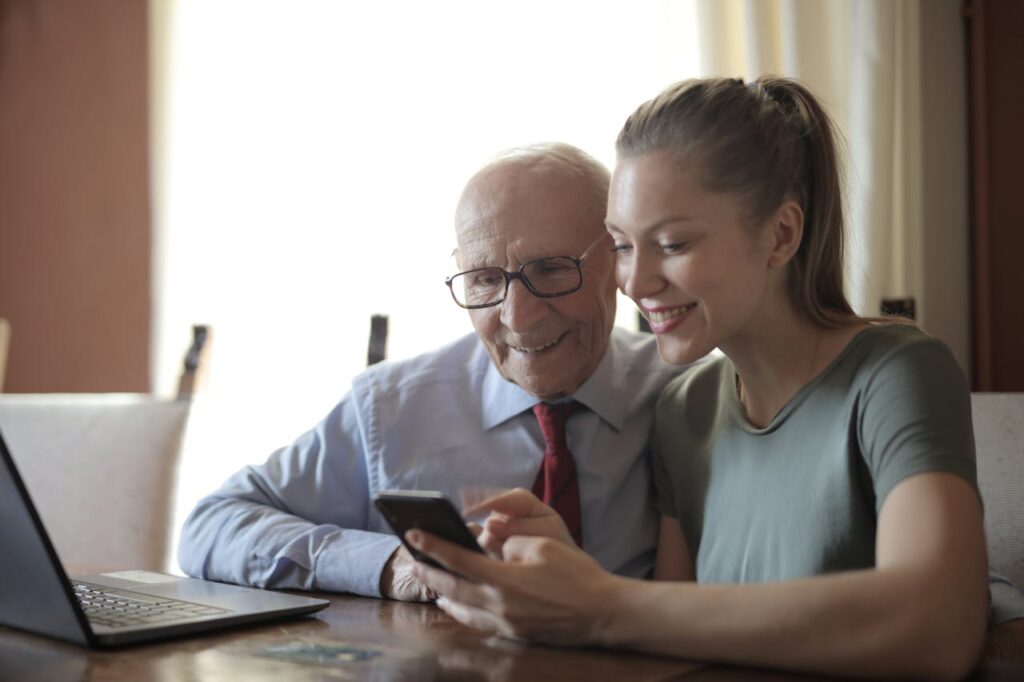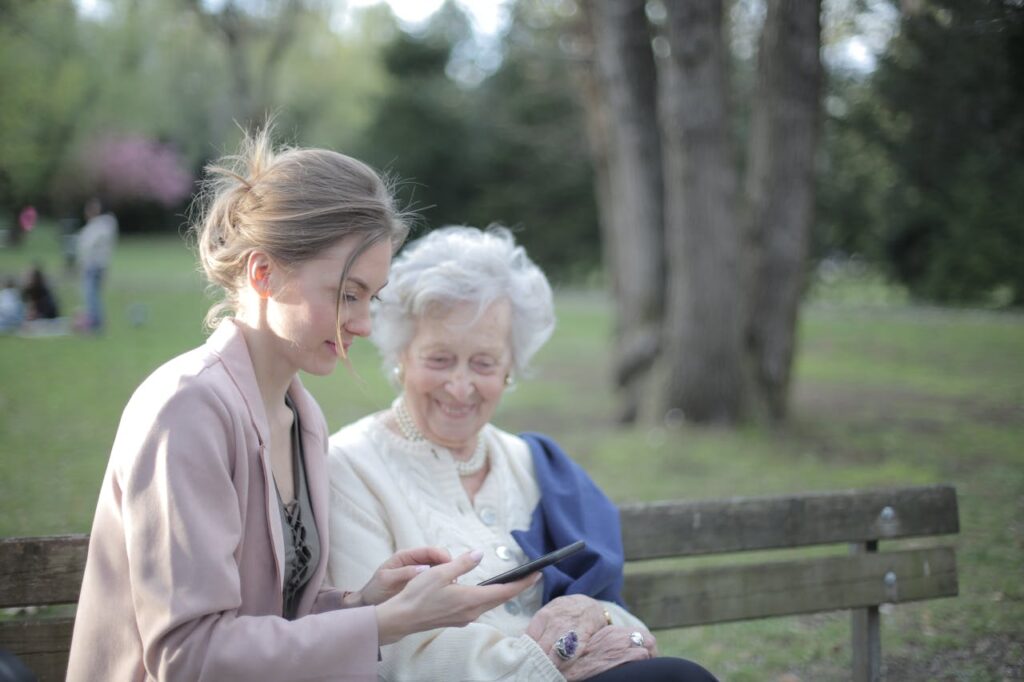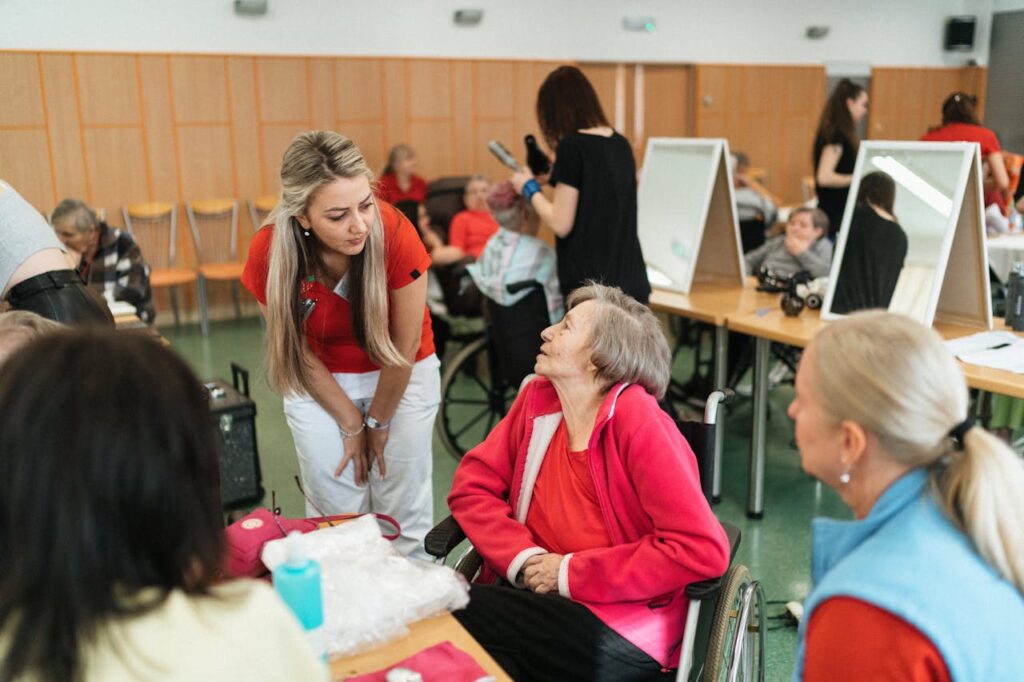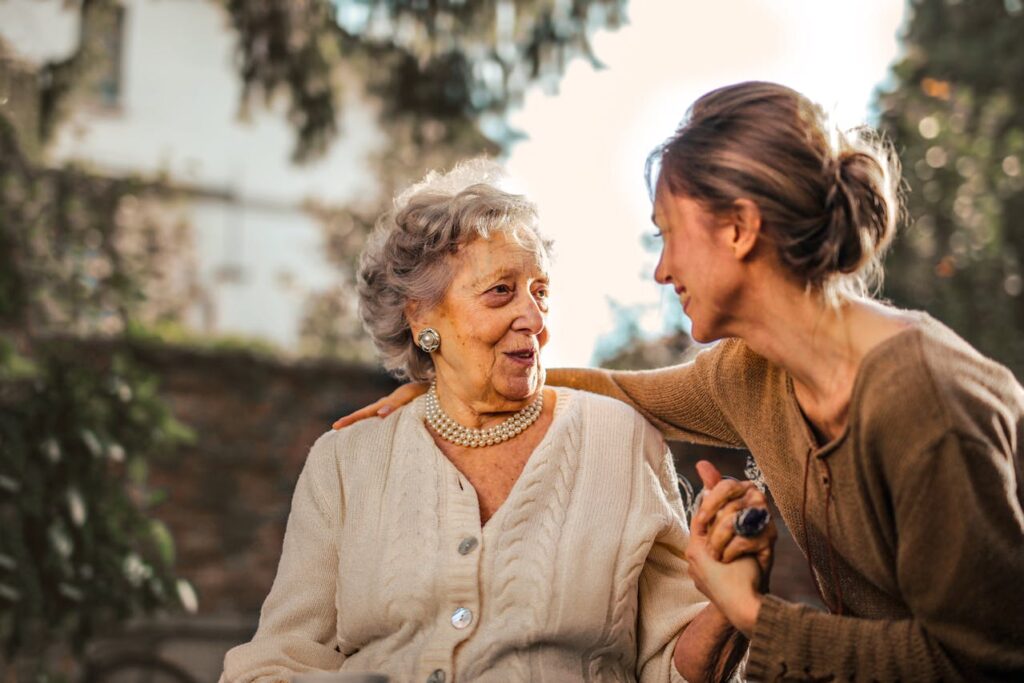Emotional Support Animals: Benefits and Responsibilities for Seniors with Pets
Emotional Support Animals: Benefits and Responsibilities for Seniors with Pets Pets have always been treasured companions in the lives of seniors, bringing joy, companionship, and a sense of purpose. However, in recent years there has been a significant spotlight on the role of ‘man’s best friend’ in a new context—emotional support animals (ESAs). These furry friends offer much more than a wagging tail and a comforting presence. For seniors, navigating the world of ESAs can be a meaningful step towards improving mental and physical well-being. In this comprehensive exploration, we unveil the world of Emotional Support Animals and how they can uniquely benefit the golden generation, while also delineating the responsibilities that come with it. The Unconditional Love of a Pet in Seniors’ Lives For many seniors, pets are not just animals; they are companions, friends, and family members. The reciprocal nature of the human-pet bond often deepens with age, with pets providing a sense of routine, social interaction, and unconditional love that can significantly improve emotional health. Physical benefits, such as increased daily exercise and lower stress levels, are also common among pet owners. Despite the immense support seniors receive from their pets, there are challenges associated with aging, which could intensify feelings of loneliness and anxiety. Enter ESAs—the formal recognition of the powerful roles that many pets already play in the lives of seniors. Pawsitive companionship and well-being The presence of a loyal furry friend can provide a profound sense of purpose and companionship to seniors. Pets, in their boundless demonstration of love, can alleviate the symptoms of depression and anxiety, ailments that often intensify as individuals age. By simply being there, pets also promote relaxation, which can lead to lower blood pressure and decreased heart rates, fostering longevity. The walk to wellness Physical activity is an essential contributor to a healthy lifestyle, especially for seniors. The daily routine of caring for a pet, including walking, feeding, and playing, encourages regular exercise and mobility. Studies suggest that pet ownership can even contribute to a reduced risk of heart disease and lower healthcare costs, making ESAs not just loveable, but life-enriching. Understanding the Role of Emotional Support Animals An Emotional Support Animal (ESA) is a companion animal that provides therapeutic benefit to an individual with a mental or psychiatric disability. Unlike service animals, ESAs do not undergo specialized training to perform specific tasks. They are, however, recognized by healthcare professionals for their role in alleviating symptoms through comfort and support. This distinction holds relevance for seniors who may require emotional support but not the extensive assistance service animals provide. The Legal Landscape for Seniors and Their ESAs When seniors make the decision to have an ESA, they step into a domain with clear, protective laws governing their ability to keep their companions close, even in residences with no-pet policies. The Air Carrier Access Act and the Fair Housing Act, for example, safeguard the right to have ESAs on flights and in housing accommodations respectively. It’s not only governed by rights but also by responsibilities—ensuring that the animal causes no harm and does not disrupt the surrounding environment. Seniors must be well-versed in the legal framework to enjoy the benefits while respecting the boundaries of their peers. Navigating the rights of an ESA in public spaces Understanding the nuances of where one can go with an ESA is crucial. For seniors, ESAs offer a sense of security and normalcy in the various places they may find themselves, including doctor’s offices and residential facilities. However, public etiquette and the consideration of others are paramount, as the presence of an animal without general restrictions might not be universally welcomed or safe in all scenarios. Navigating the rights of an ESA in public spaces Understanding the nuances of where one can go with an ESA is crucial. For seniors, ESAs offer a sense of security and normalcy in the various places they may find themselves, including doctor’s offices and residential facilities. However, public etiquette and the consideration of others are paramount, as the presence of an animal without general restrictions might not be universally welcomed or safe in all scenarios. Ensuring a peaceful coexistence in shared spaces When an ESA is introduced into communal living arrangements, it’s important to assure that everyone’s living standards are respected. This means taking care of the animal’s behavior, noise levels, and cleanliness, ensuring a harmonious living environment for all residents. For seniors, accommodation for their beloved companion should not be a source of tension, but a contoured responsibility. Responsibilities of Seniors with Emotional Support Animals Owning and living with an ESA is a partnership. Seniors must ensure they are upholding their side of the agreement by providing adequate care, education, and attention to the animal. More than just a pet, an ESA becomes a tool for improving well-being. In return, the animal deserves a high standard of care and consideration. In it for the long haul: the commitment to care ESAs are not transient therapeutic aids but long-term companions. Seniors must be prepared for the day-to-day responsibilities of pet ownership, including veterinary care, proper nutrition, and a safe, comfortable living environment. Health and happiness are a two-way street—the well-being of the senior and the animal are inextricably linked. Behavior and beyond: training and public decorum A well-behaved ESA is an indispensable asset. Training ensures that the animal can accompany seniors to any situation where their presence is needed. This preparation is essential for maintaining the dignity and functionality of the ESA role while also signaling respect for public and private spaces. Obtaining an ESA Letter for Seniors The process of acquiring an ESA is more than a formality—it is a pathway to a recognized partnership in wellness. Seniors must understand how to obtain the proper documentation, usually an ESA letter from a licensed healthcare professional, and the importance of the assessment that goes with it. This step ensures that the pet meets the criteria for therapeutic support and the elderly individual is aware of the responsibilities






